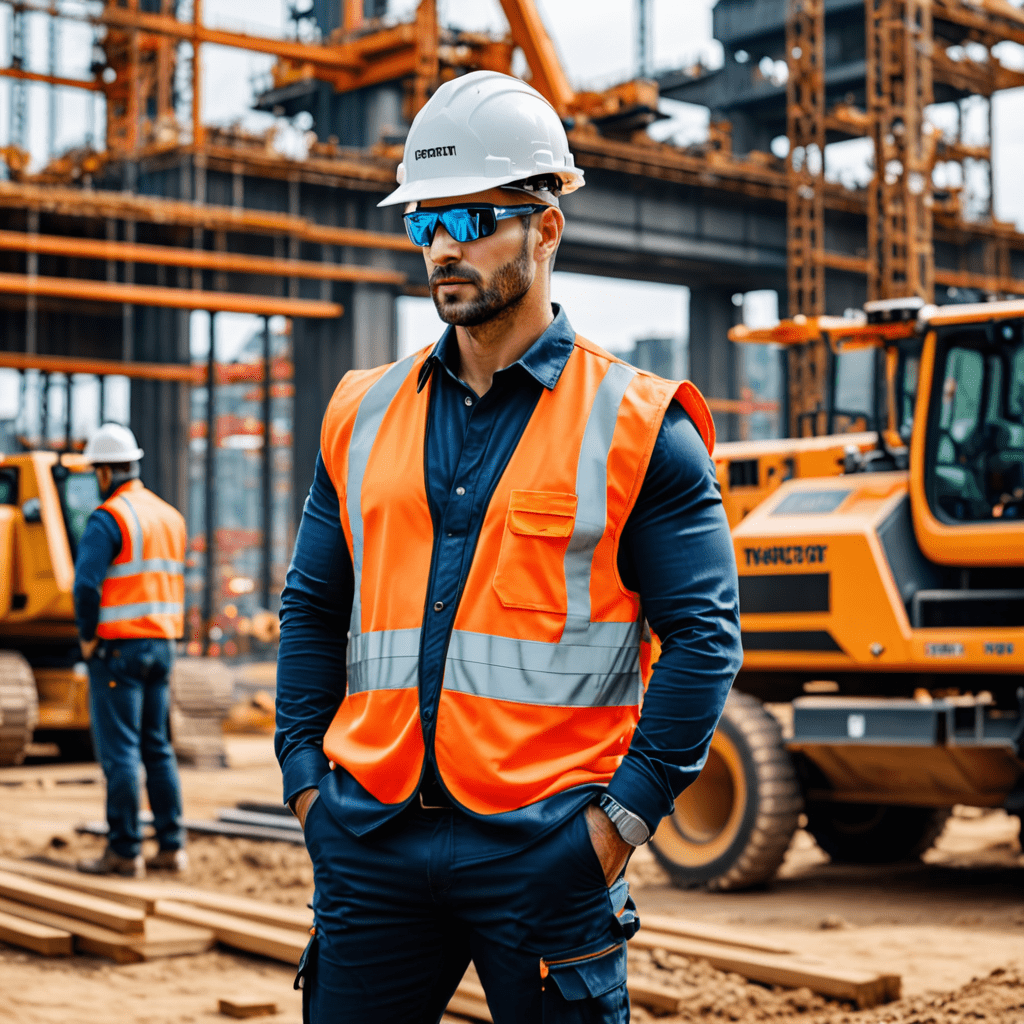Wearable Tech for Construction Workers: Safety and Efficiency Solutions
The Role of Wearable Tech in Construction
Wearable technology is revolutionizing the construction industry by enhancing safety and efficiency for workers on construction sites. From smart helmets to exoskeleton vests, wearable devices are designed to minimize workplace hazards and optimize performance.
Smart Helmets: Enhancing Safety
Smart helmets are equipped with head-up displays, cameras, and sensors to provide workers with real-time data on their surroundings. They offer features such as augmented reality for enhanced visualization of construction plans, built-in communication systems, and sensors to detect potential hazards, supporting accident prevention and risk mitigation.
Exoskeleton Vests: Improving Efficiency
Exoskeleton vests have emerged as a game-changer for construction workers, reducing physical strain and fatigue. These wearable devices provide support to the body’s core and limbs, reducing the risk of musculoskeletal injuries and increasing productivity by enabling workers to handle heavy loads with ease.
GPS-Enabled Wearables: Tracking and Monitoring
With GPS-enabled wearables, construction companies can monitor the location and movement of workers on-site, ensuring their safety and enabling efficient coordination of tasks. These devices allow for real-time tracking and can send alerts in case of unexpected deviations, improving overall security and workflow management.
Biometric Wearables: Ensuring Worker Health
Biometric wearables offer the ability to monitor vital signs and physical well-being of construction workers. These devices can track heart rate, body temperature, and hydration levels, providing early warning signs of potential health issues and enabling swift intervention to prevent incidents related to fatigue or overexertion.
Wearable Sensors: Enhancing Hazard Detection
Wearable sensors are capable of detecting environmental hazards such as toxic fumes, high temperatures, or excessive noise levels. By alerting workers to potential dangers in their surroundings, these devices play a crucial role in ensuring a safe work environment and reducing the risk of occupational health issues.
Integration and Future Innovations
The integration of wearable tech with other construction technologies, such as Building Information Modeling (BIM) and Internet of Things (IoT) systems, holds great promise for further improving safety and efficiency in the construction industry. With ongoing advancements in materials, connectivity, and data analytics, the future of wearable tech in construction looks increasingly innovative and impactful.
In conclusion, wearable technology is reshaping the construction industry by offering practical solutions for safety and efficiency. As these devices continue to evolve, they are set to become indispensable tools for ensuring the well-being and productivity of construction workers.
Wearable Tech for Construction Workers: Safety and Efficiency Solutions
What is wearable tech for construction workers?
Wearable tech for construction workers refers to devices and gadgets designed to enhance the safety and efficiency of workers on construction sites. These include smart helmets, exoskeleton suits, smart vests, and GPS trackers.
How does wearable tech improve safety for construction workers?
Wearable tech enhances safety by providing real-time monitoring for workers, alerting them to potential hazards, tracking their vitals, and offering communication and emergency response features.
What are the benefits of wearable tech for construction workers?
Wearable tech improves worker safety, reduces the likelihood of accidents, enhances efficiency through task automation, and provides data for assessing and improving work processes.
What are some examples of wearable tech for construction workers?
Examples include smart helmets with augmented reality displays, exoskeleton suits to reduce fatigue and prevent injuries, smart vests with built-in sensors for hazard detection, and GPS trackers for location monitoring.
How does wearable tech contribute to efficiency on construction sites?
Wearable tech contributes to efficiency by streamlining communication, providing real-time data for decision-making, automating repetitive tasks, and enabling remote troubleshooting through augmented reality features.


